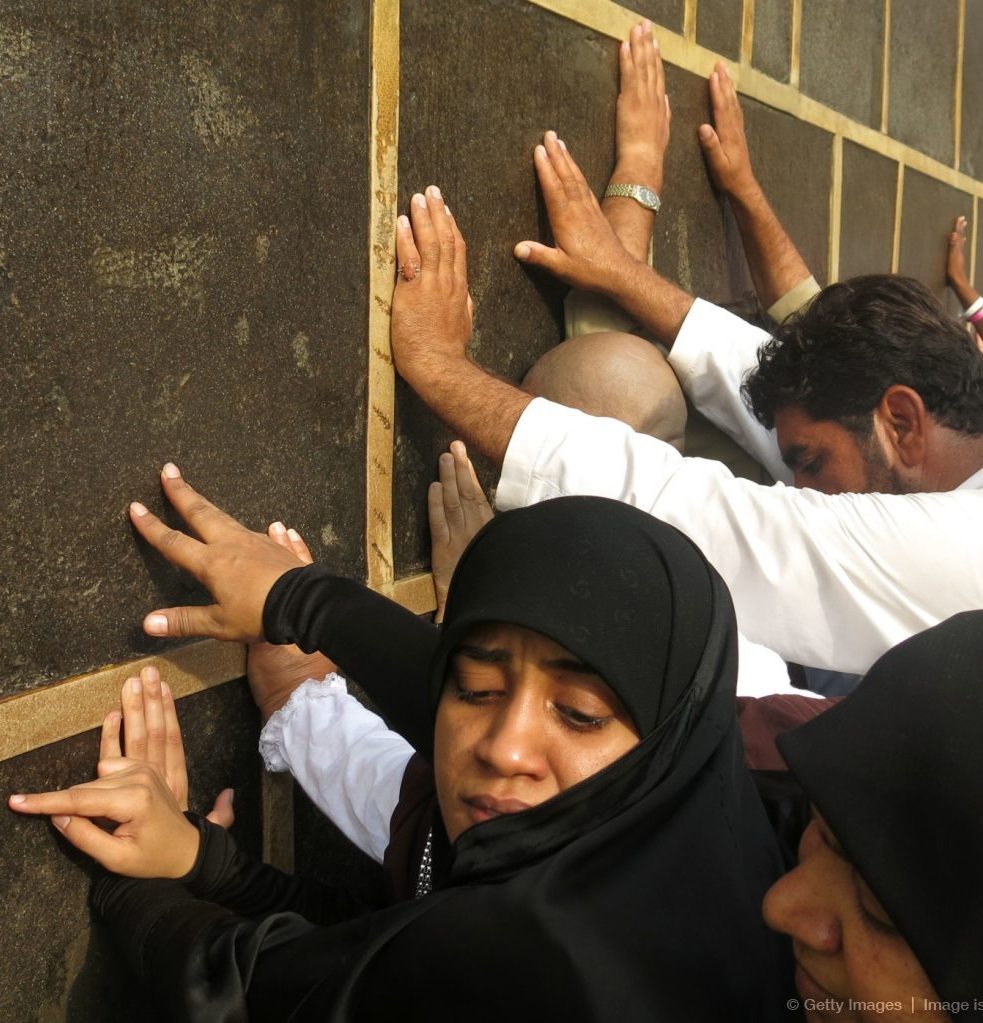Hajj pilgrims follow in prophet’s footsteps as Muslim world turns to Mecca
Nearly 1.5 million Muslims launched the annual hajj pilgrimage to Islam’s holiest sites on Saturday, undeterred by a stampede last year that cost around 2,300 lives. They came from Asia, Africa and points in between but numbers are down because of the absence of tens of thousands of Iranians over tensions between their Shiite nation and Sunni-dominated Saudi Arabia, home to the sites in Mecca and Medina. After preliminary rituals this week in Mecca at the Grand Mosque, the pilgrims moved on Saturday, many by bus, in debilitating temperatures exceeding 40 C (100 F) to Mina, several kilometres (miles) to the east. They are following in the footsteps of their Prophet Mohammed who performed the same rituals about 1,400 years ago.
It’s an indescribable feeling. You have to live it to understand. This is my sixth hajj and I still cannot express how happy I am to be in Mecca
Hassan Mohammed, 60, from Egypt
The hajj is one of the five pillars of Islam, which capable Muslims must perform at least once, marking the spiritual peak of their lives. The first day of hajj was traditionally the chance for pilgrims to let their animals drink and to stock up on water. Then they proceed to Mount Arafat, several kilometres further, for the peak of the hajj on Sunday. Mina becomes their base, where an expanse of solidly-built white fireproof tents can accommodate 2.6 million pilgrims. Last September 24, Mina was the scene of the deadliest disaster in hajj history, when the stampede broke out as pilgrims made their way to the Jamarat Bridge for a stoning ritual. However, it heightened tensions with Iran, where thousands of people took to the streets on Friday to protest over the way Saudi Arabia dealt with the tragedy.
We feel safe
Nigerian pilgrim Hafsa Amina, 26

Middle East